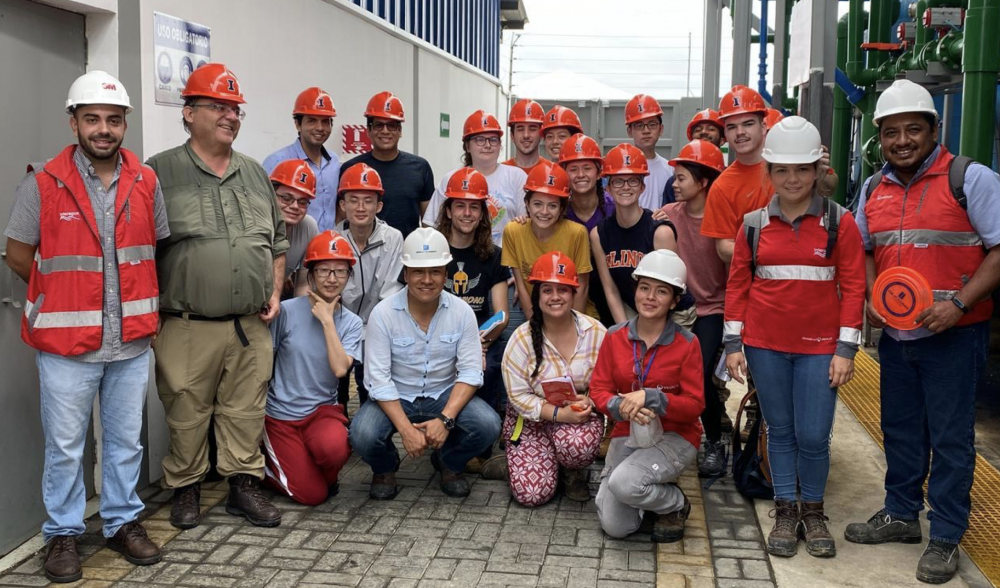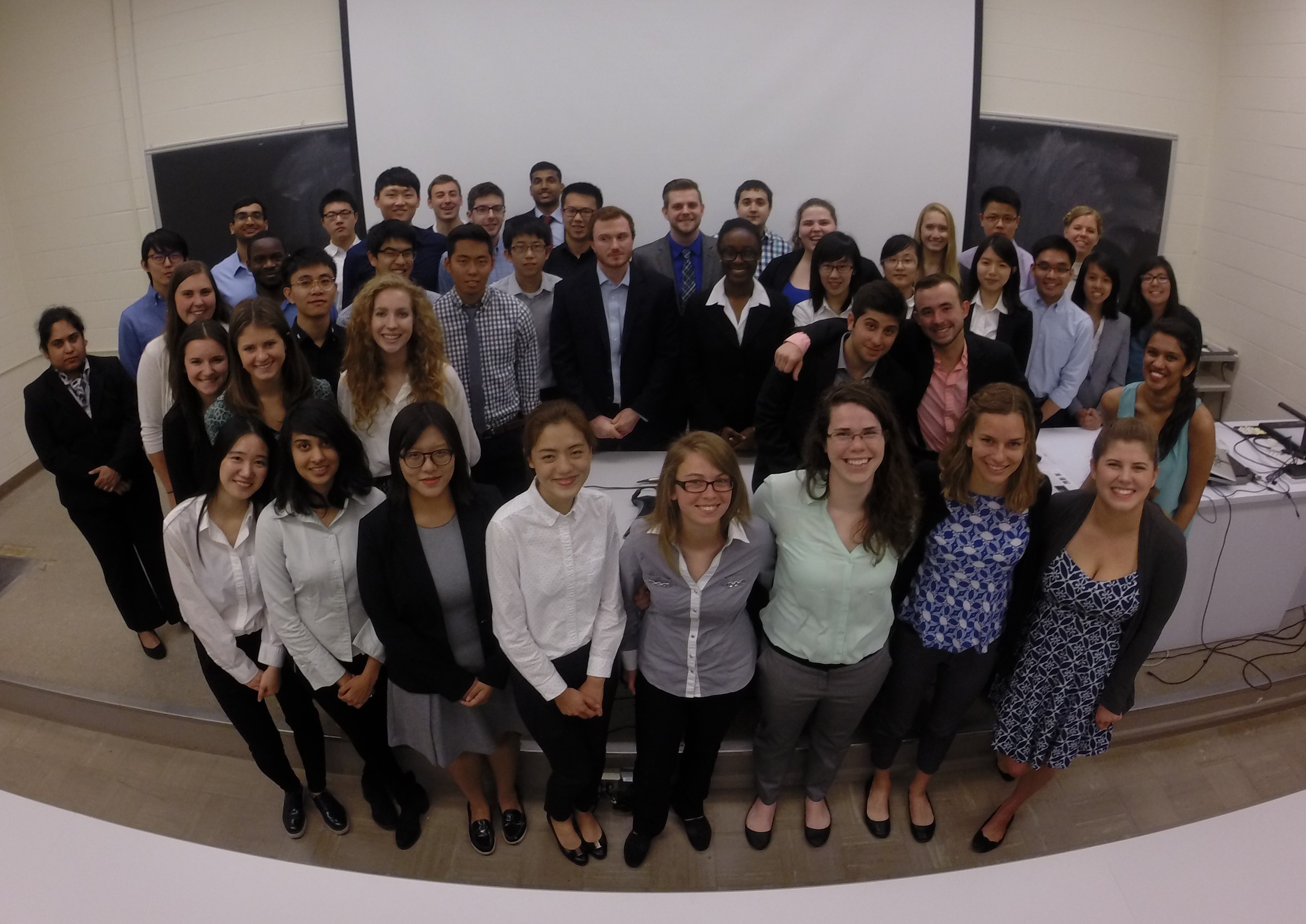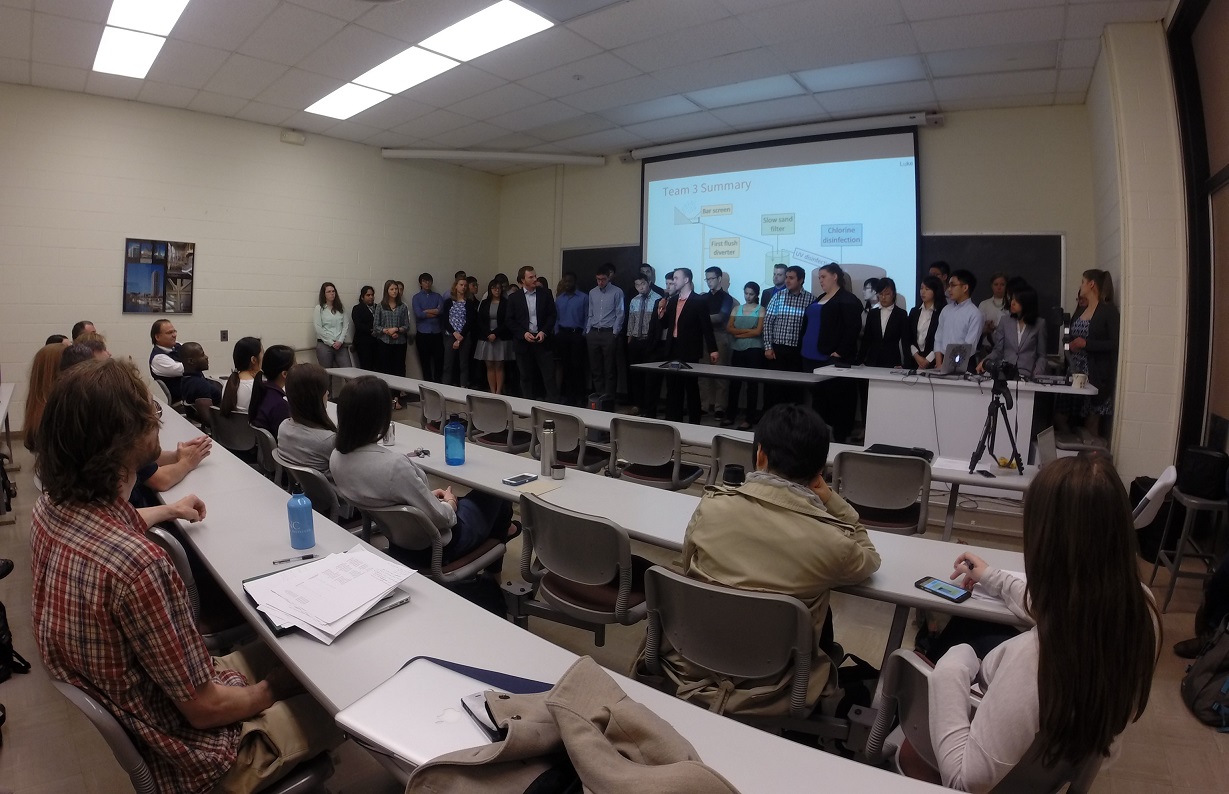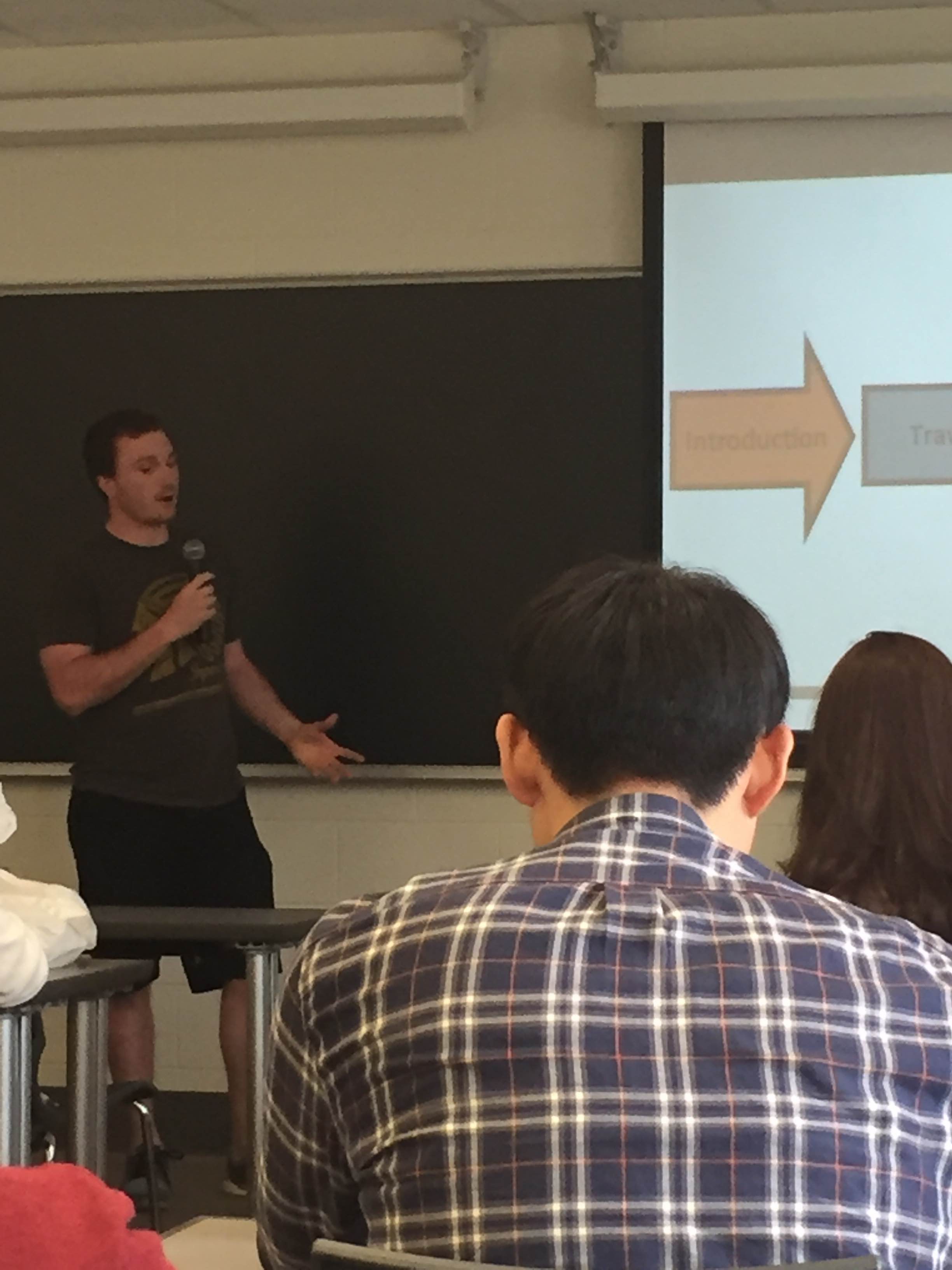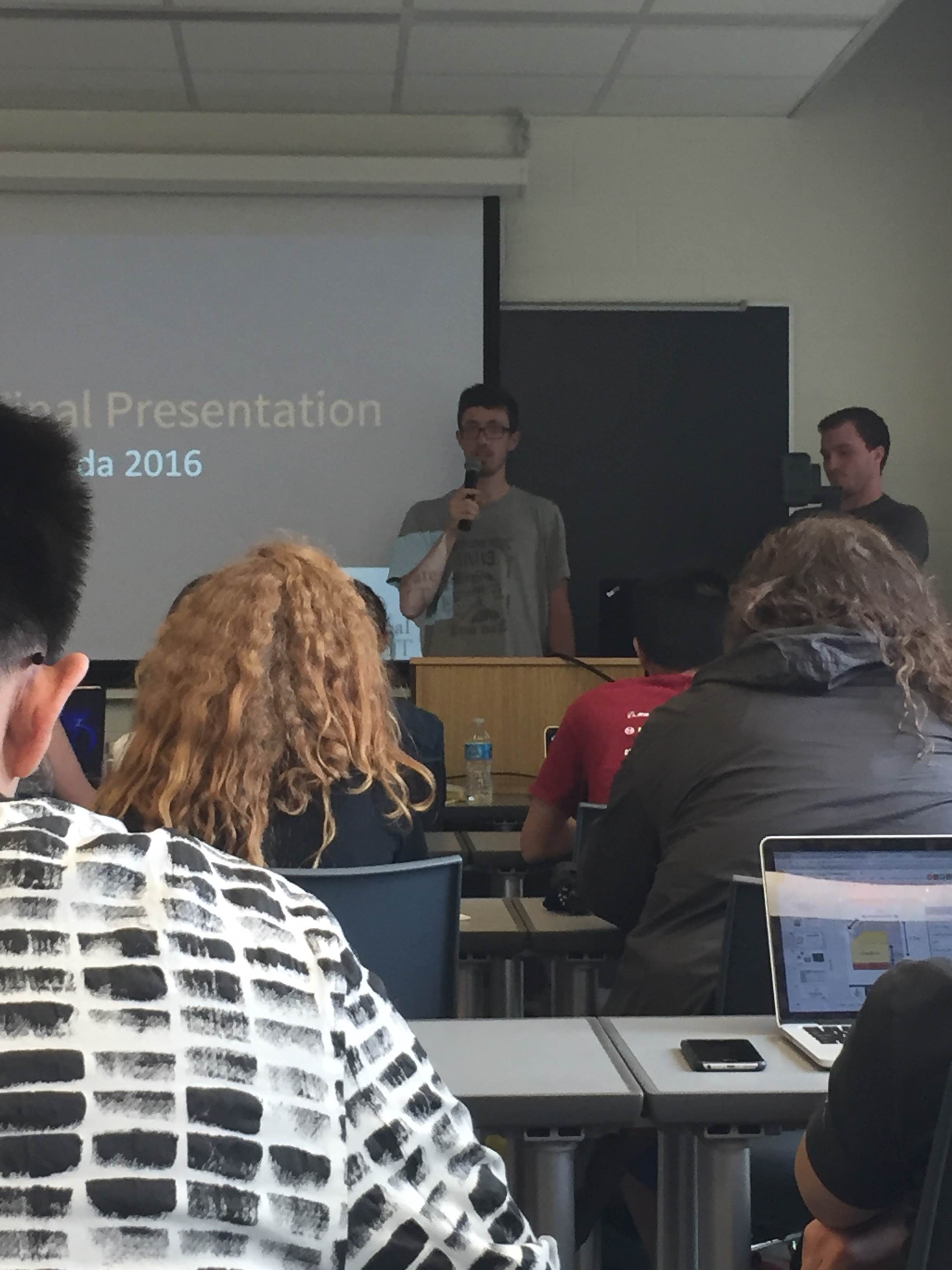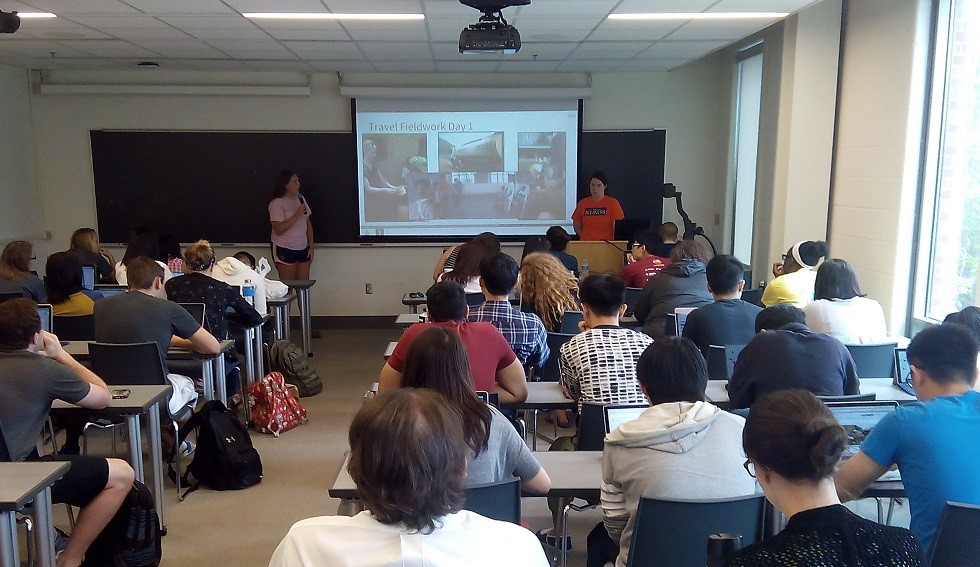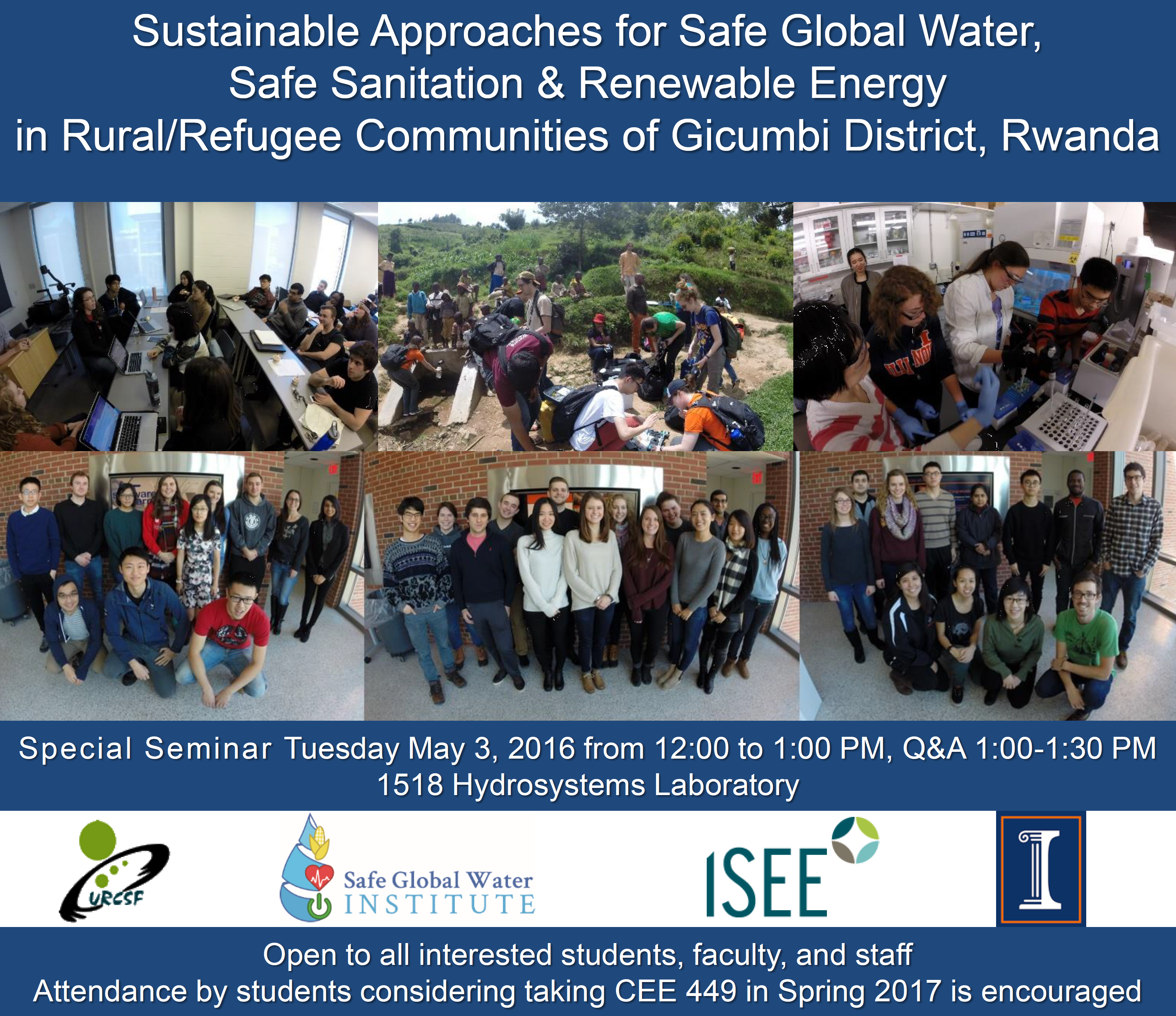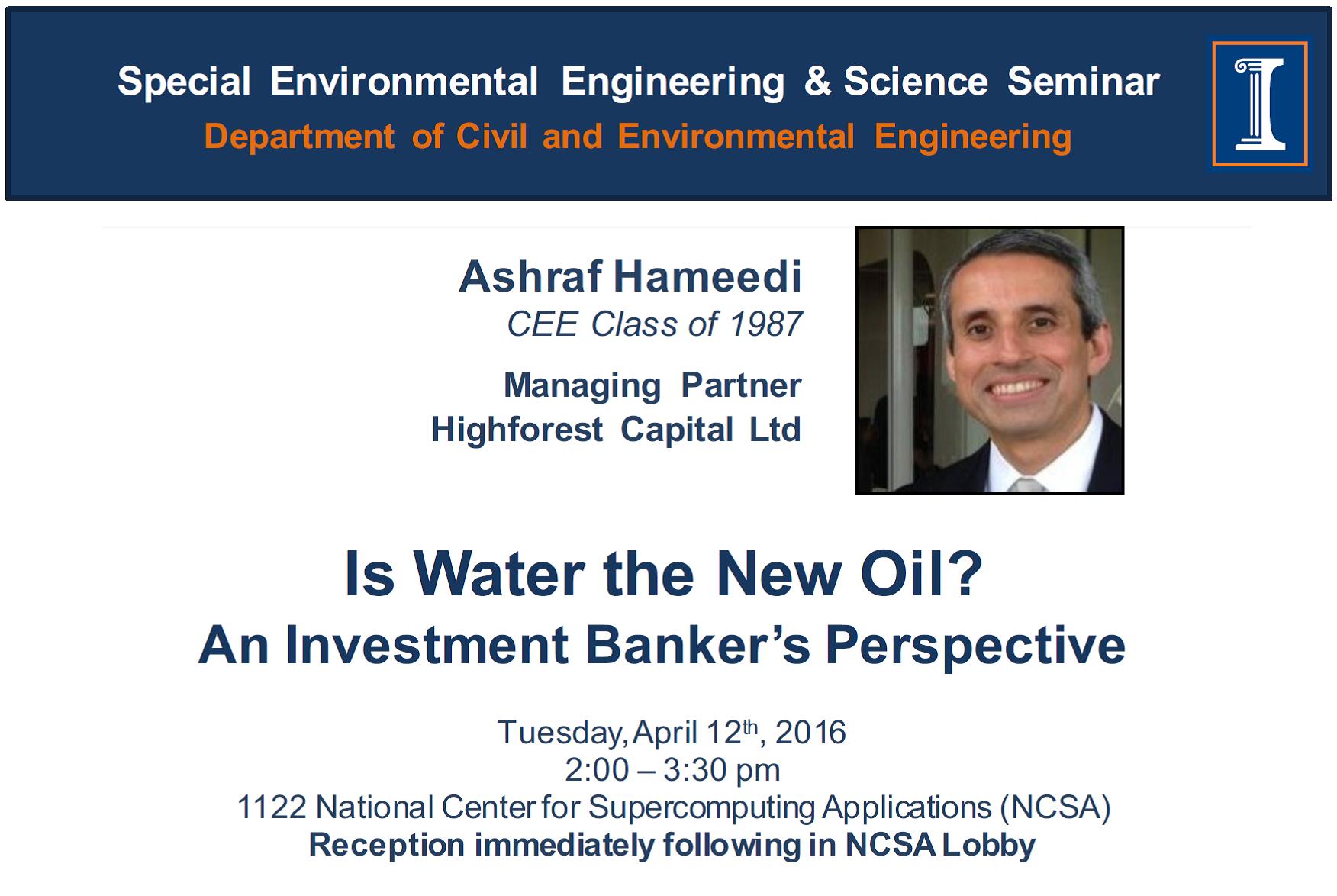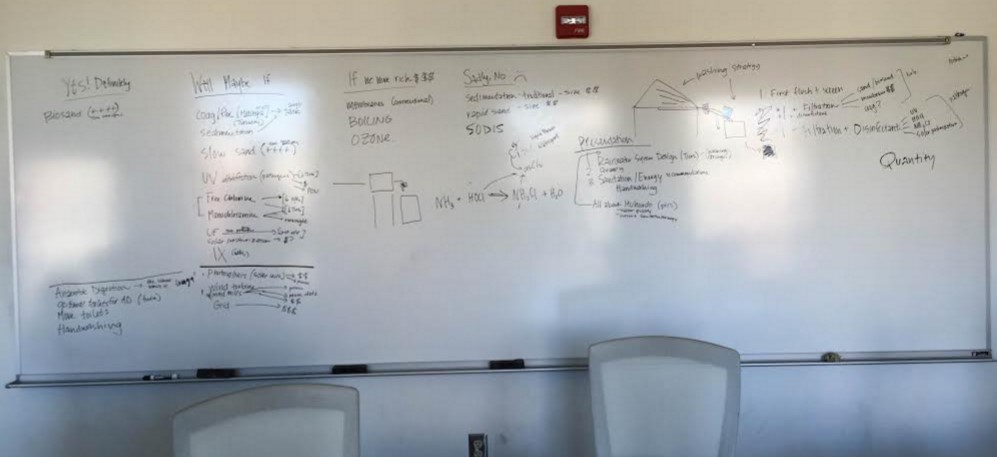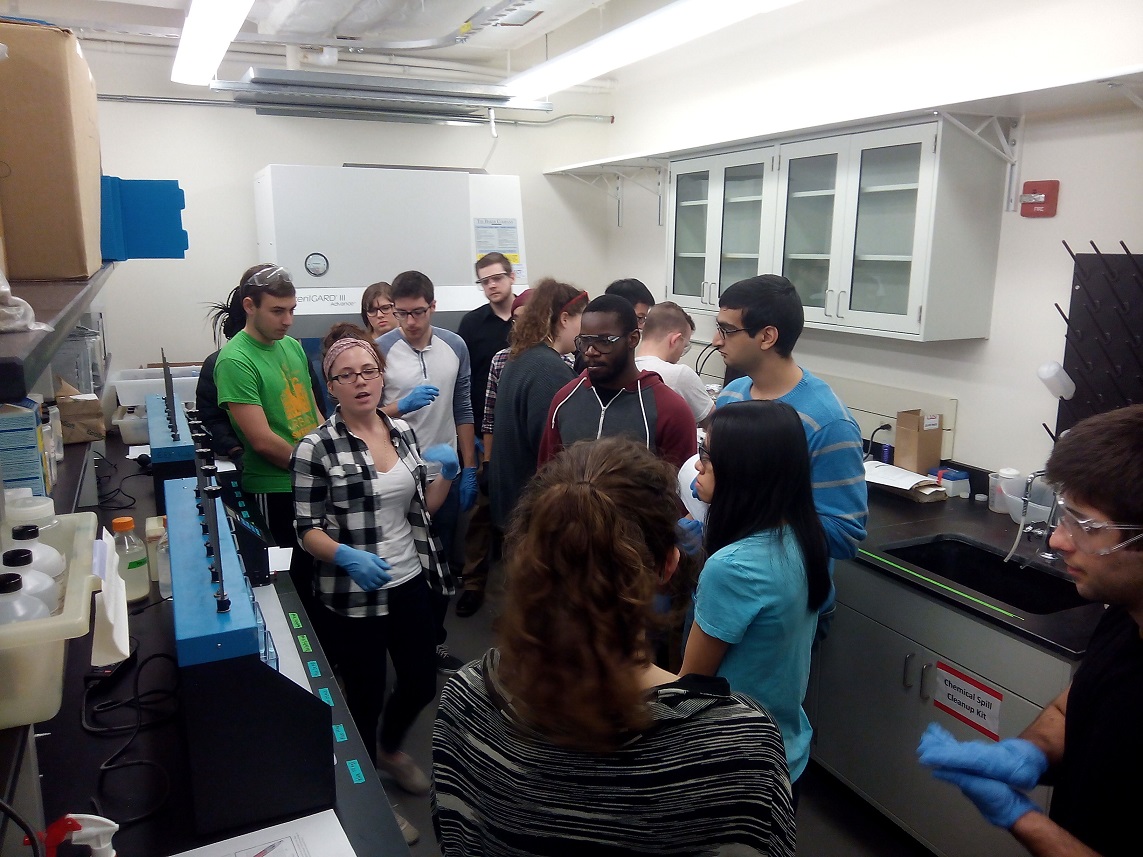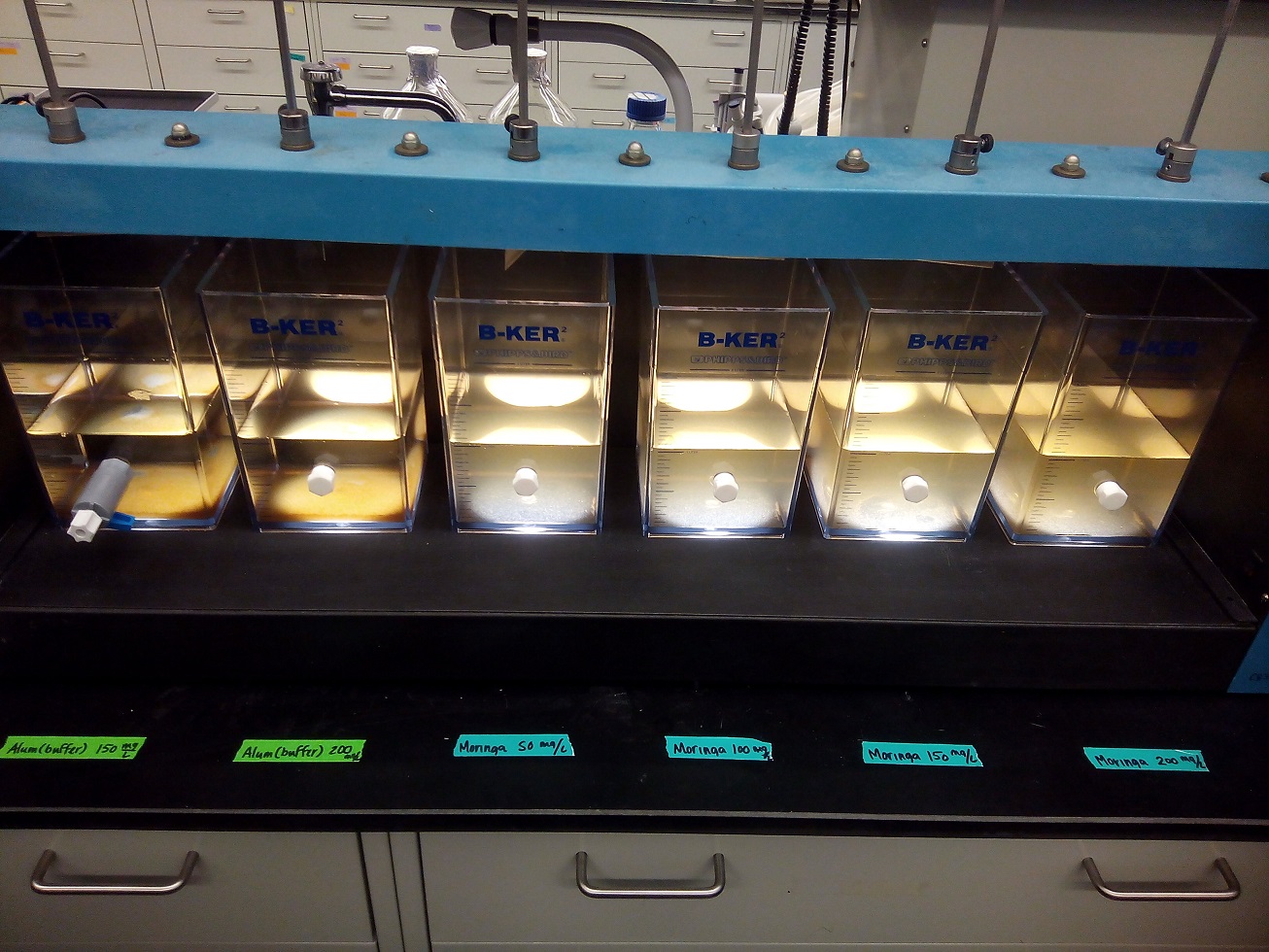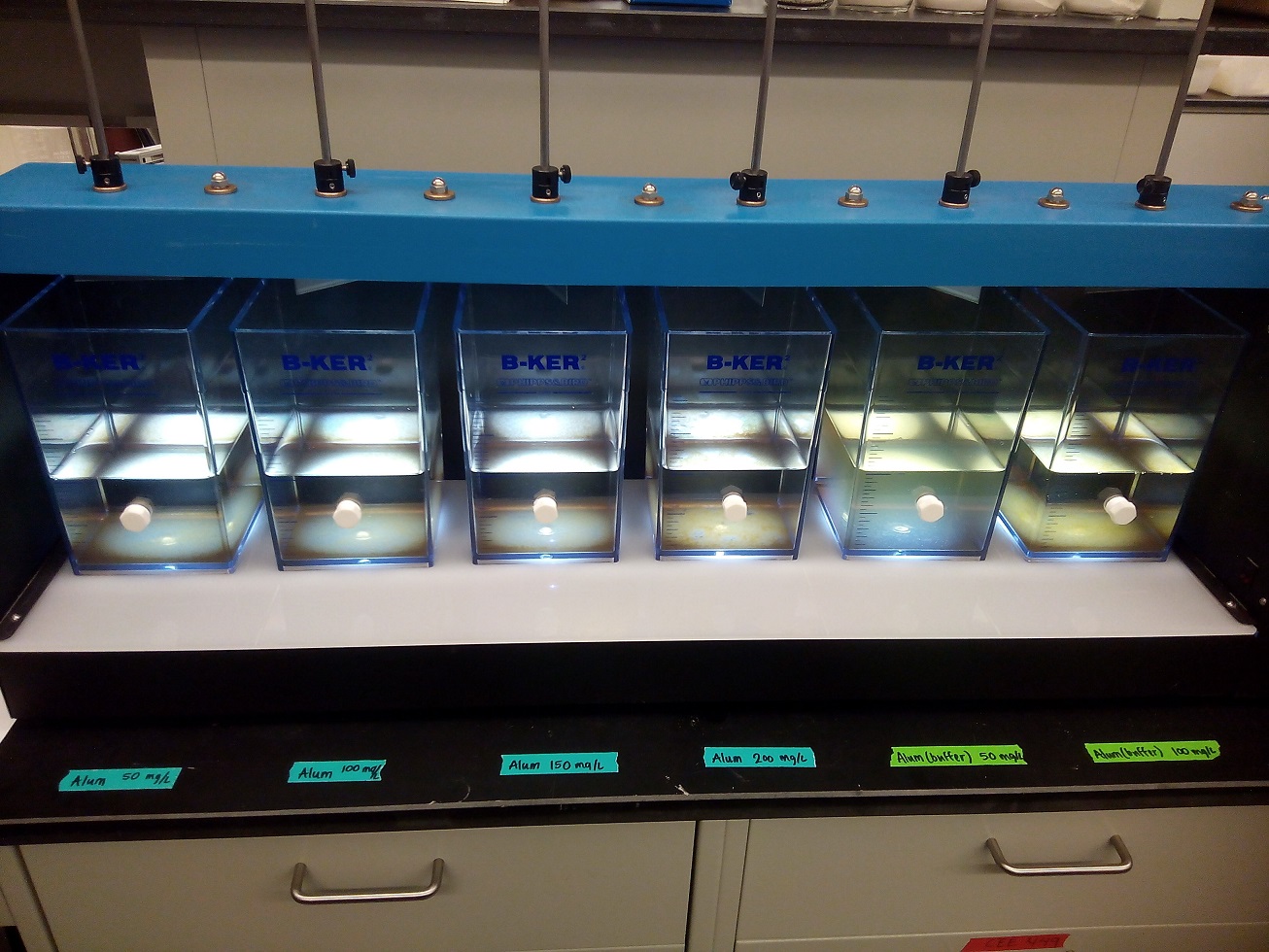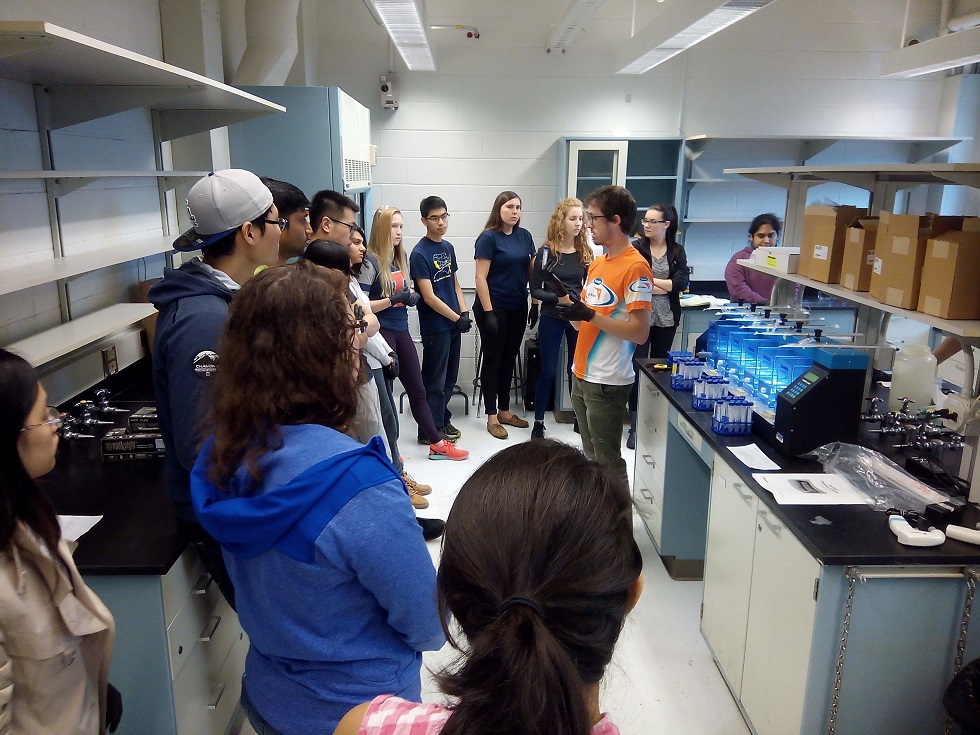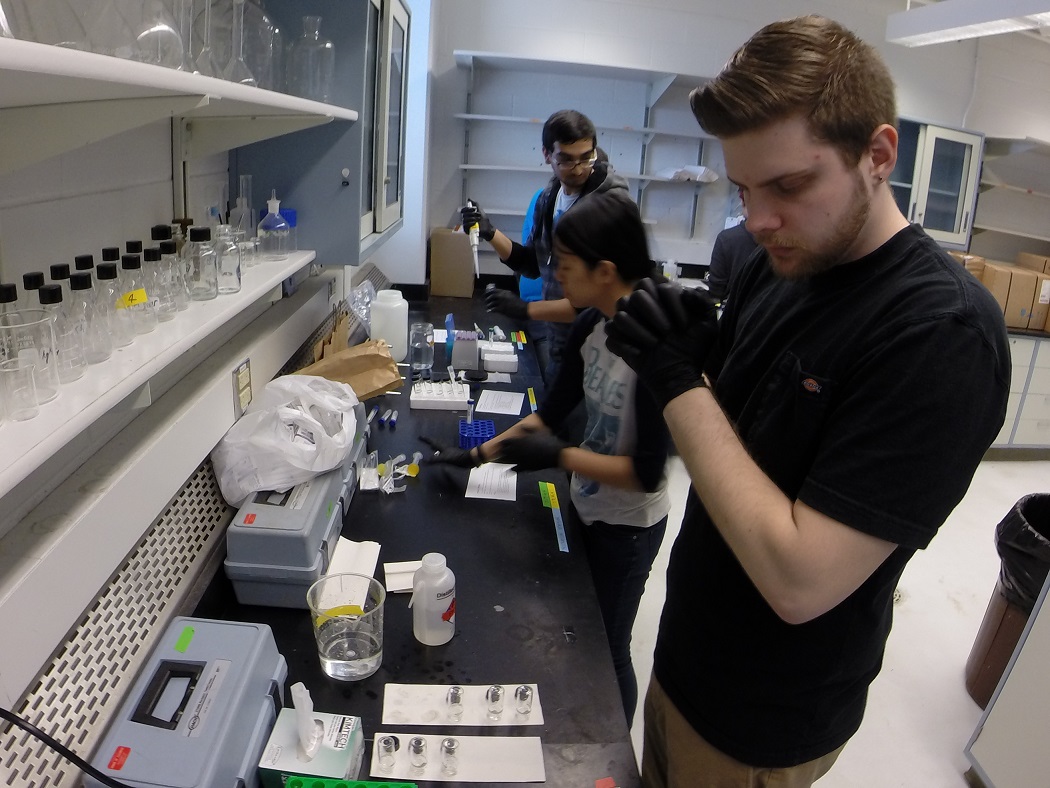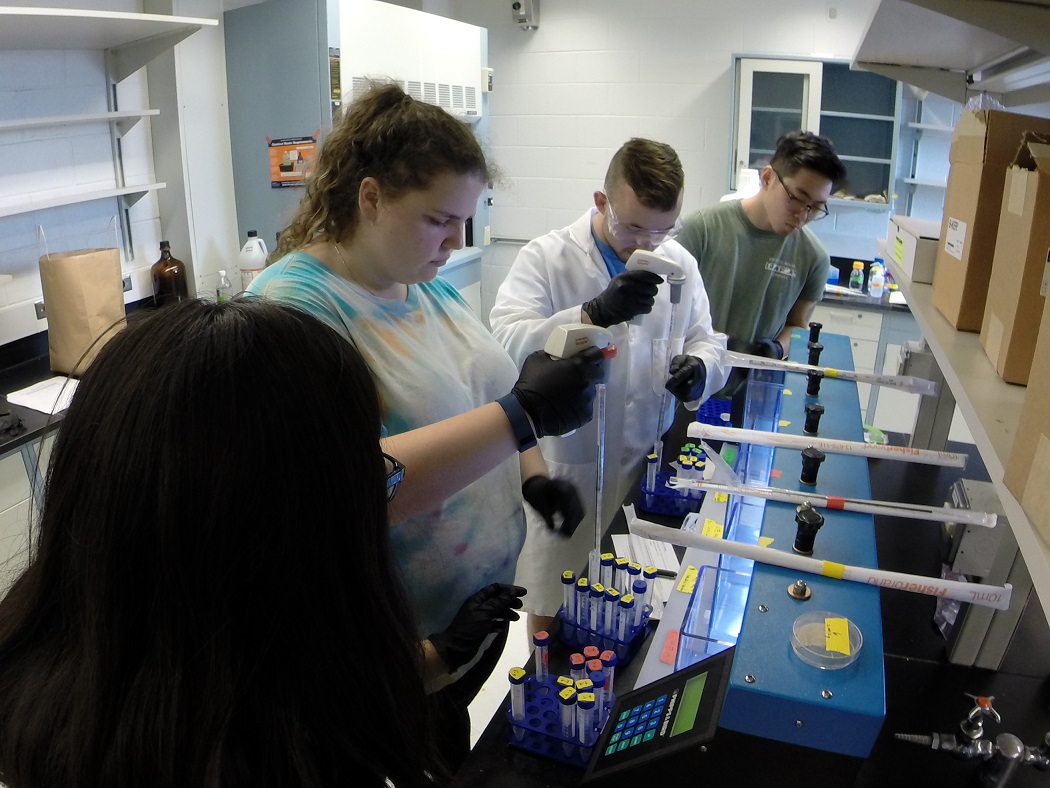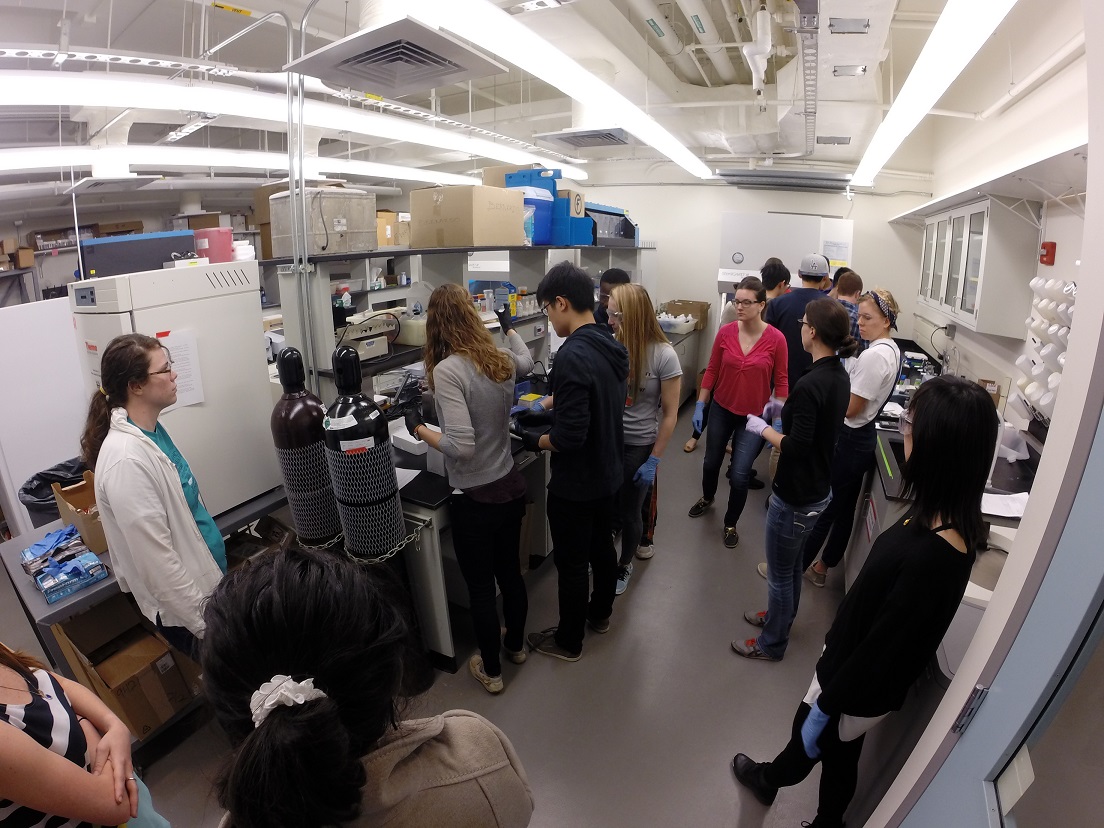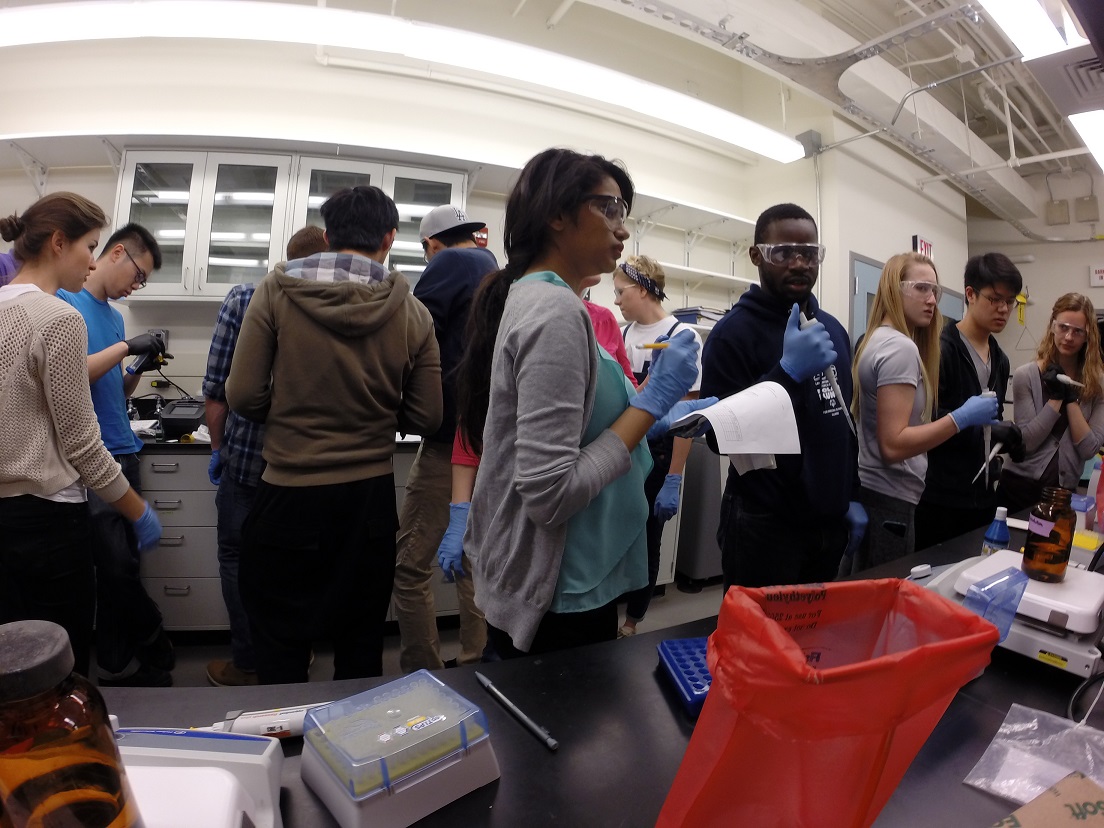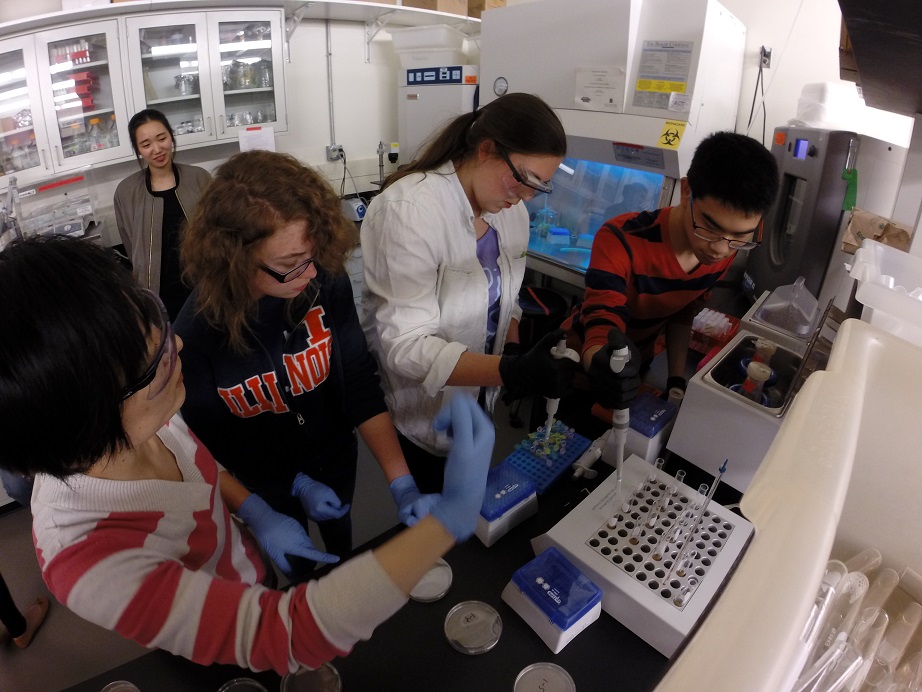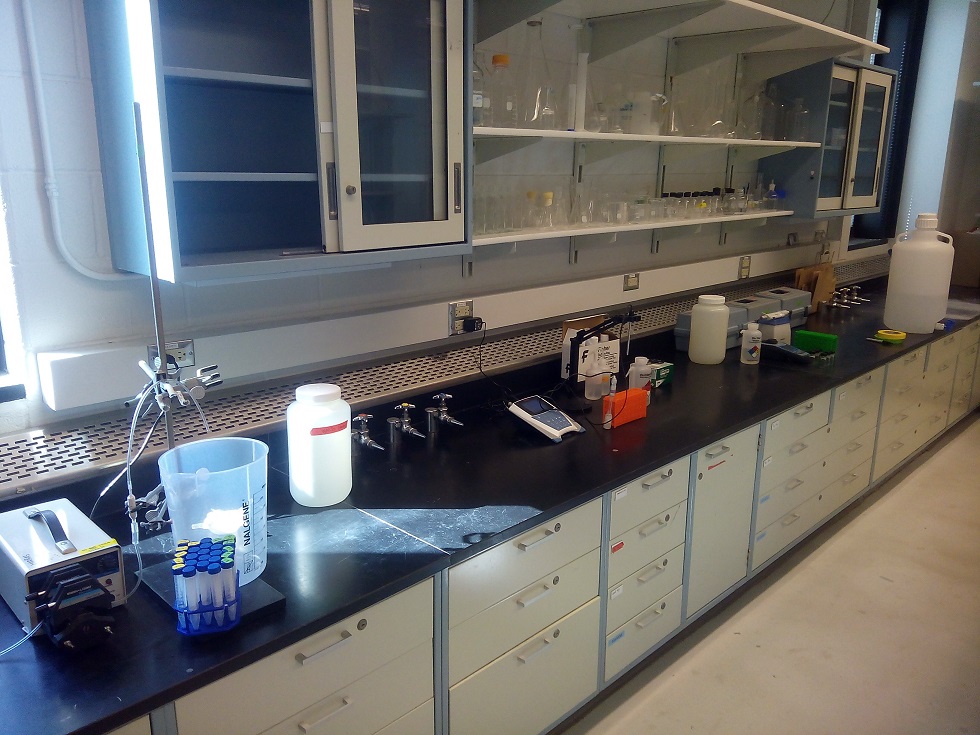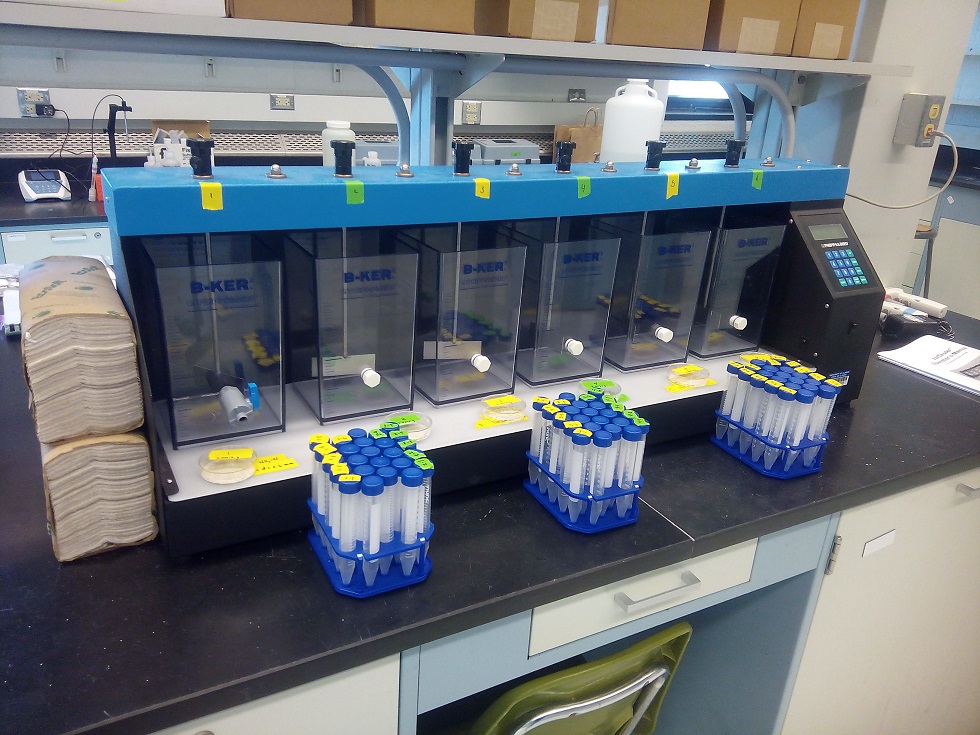Tuesday, May 3rd, 2016 (By Aromi Salot)
Finally the semester came to an end. We had a last rehearsal at 1518 Hydrosystems outside of class, on Monday at 5 pm. The upside of coming to class for the final rehearsal was free Papa Del’s deep dish pizza. Our rehearsal went on very smoothly, except for the laptop shutting down in the middle, halting the presentation for a few minutes. Even then, we hit 60 the minutes mark, which is what was needed for the final presentation the next day. All the rehearsals helped to make the final presentation a success. We were able to connect with Mr. Peter Luswata from Uganda for part of the presentation and everyone in the team was thankful for his efforts in this collaboration. The Q&A portion of the seminar was a constructive discussion on how to improve the class for future generations and what opportunities are available to follow the evolution of this project. Everyone did a fantastic job.

